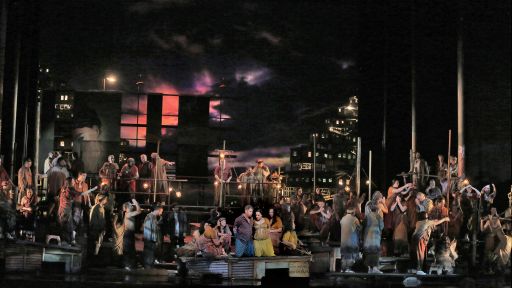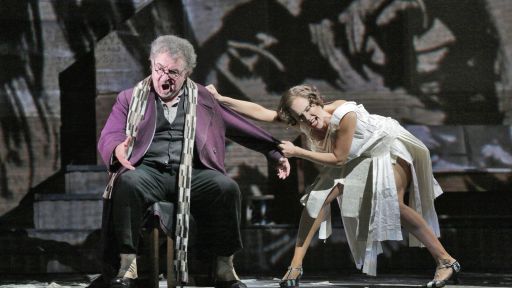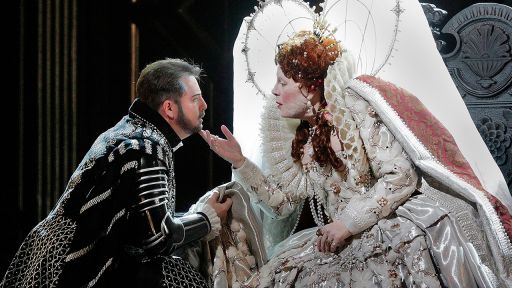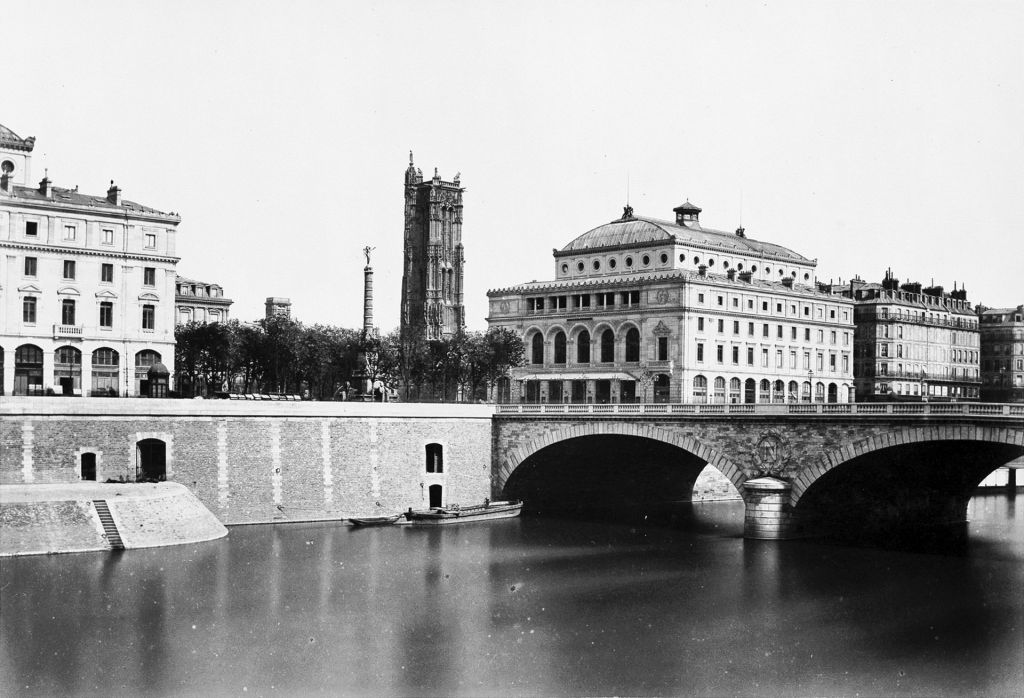
The Théâtre Lyrique (centre right), Paris, where Les pêcheurs de perles received its first performance on 30 September 1863. Photo by Wikimedia Commons
French composer Georges Bizet (1838 – 1875) was 25 years old when his opera, Les Pêcheurs de Perles (The Pearl Fishers), first premiered at the Theatre-Lyrique in Paris.
Even though Bizet was a talented young musician who had received the prestigious Prix de Rome as a student, he still had to work tirelessly in order to break into the Parisian opera scene. Only after making the right connections — with theater directors and the right publishers — and writing the score to the opera that would later be considered a revival to the traditional 19th century opera scene in Europe, was Bizet finally able to start his career.
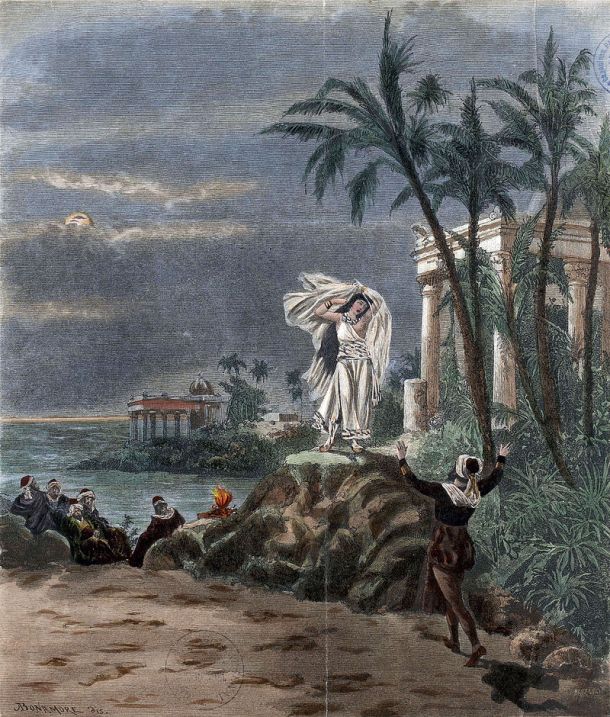
Illustration for the final scene of act 1 (duet of Leïla and Nadir) in the opera Les pêcheurs de perles by Georges Bizet, as produced at La Scala on 20 March 1886, the Milan premiere. Image from Wikimedia Commons
Les Pêcheurs de Perles (The Pearl Fishers) is originally set in ancient Ceylon (modern Sri Lanka) in non-historic “ancient times,” intended to portray an exotic land with a mythical and romantic aura. The opera tells a story of two men’s friendship torn by one woman, who is also torn between her oath to religion and desire for secular love.
1863: World Premiere at the Theatre-Lyrique in Paris
The opera was initially given 18 performances at the theatre, but never performed again for two decades, until after Bizet’s early death.
1886: Early Revival
When it did come back to life in 1886 in Milan, Italy, the score was significantly different from the original because the autograph score was lost. It continued to make its way around Europe and North America, and eventually became a mainstream opera in the early 20th century.
1916: The Met Opera Premiere
Before the 2015-16 season, the opera was performed at the Met four times, starring Enrico Caruso and Giuseppe De Luca, who sang the haunting duet “Au fond du temple saint.”
Bizet’s Les Pecheurs de perles returned to the Met Opera for the first time in a century this season with Soprano Diana Damrau.


